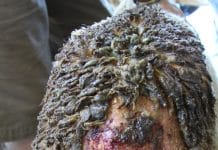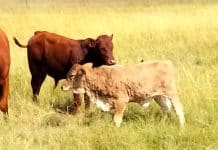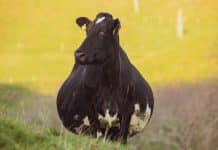A sheep farmer has three chances to ensure an optimal lamb harvest and to guarantee profitability. The first is to have as many ewes as possible conceive. The second is to ensure the survival of as many lambs as possible, and the third is to ensure that the weight gain of these lambs is optimal so as to realise the best possible price when marketed. This article focuses on the first aspect.
“It all starts with ewe preparation for pregnancy,” says André Fourie of Anker Agri, a consulting company in the Southern and Western Cape. “It can be compared to a fruit tree that fails to flower, meaning there is no fruit harvest to look forward to. Ewe preparation offers the first chance of increasing your profitability. Mistakes will cost you dearly, because the ewe that cannot conceive is a loss. You can have another mating season, but it complicates management significantly and drives up costs.”
Condition is important
When planning your mating season, you need to consider the fact that ovum development occurs six months prior to the mating season. Hence the first step in ewe preparation is to make sure your ewes are in an acceptable condition.
“Depending on the type of production system you are using, it can become quite complicated. In an annual system, the six months preceding the mating season coincides with the lambing period. In this system a loss in a ewe’s body mass must be minimised as far as possible. Ewes should have a condition score of 3,5 at lambing, and their condition should not drop below 3 after having lambed.
“In an eight-month system, the six months preceding the mating season overlap with mid-gestation. This is usually the time when many farmers try to cut back on the costs relating to nutrition, which is a mistake. It is vital for ewes to have a condition score of 3 and to keep them from entering a negative energy balance during this period. Your ewes’ condition score at mating must be 3,5.”
The role of flush feeding
The next critical period, says André, is the four to six weeks prior to mating, namely the flush feeding stage.
“Trials conducted by the late Dr Jasper Coetzee showed that ewes that had single lambs in a specific year and were flush fed the following year, yielded 10% more lambs. In other words, in a flock of 100 ewes you can gain an additional ten lambs. In contrast, ewes that had twins and are flush fed afterwards, can produce up to 26% more lambs.”
This indicates how worthwhile it is to keep accurate records of your single and multiplet ewes, and to flush feed them in separate flocks so that you can utilise two different nutrition programmes. You cannot neglect your twin flock, but you can feed your single-lamb flock slightly less because their return in terms of flush feed received is 16% less.
However, it is important to not lose sight of flush feeding’s total impact on both groups. The ration provided during flush feeding must contain a reasonably high-quality bypass protein to stimulate ovum release (examples of good bypass protein are fishmeal, cotton oilcake and brewer’s grain).
“Depending on the conditions in your area and on your farm, and whether it is your single-lamb or multiplet flock, you need to adjust your flush feeding programme to ensure optimal ovum development. This can be achieved using anything from 100 to 500g lick per day. There are even farmers who argue that it is beneficial to move their ewes onto a total mixed ration (TMR) programme if their grazing is limited. It is best to consult a nutrition advisor for recommendations on how to achieve the best results.”
During the flush feeding stage, it is essential to keep your rams away from the ewes. A ram’s presence will stimulate the ewes to come into heat; by the time the mating season arrives, some ewes may already be in their third or fourth cycle and may have entered anoestrus.
The way in which the ewes are bred, also plays an important role in your approach to nutrition. “If you want to use laparoscopy, I highly recommend a total mixed ration system. However, if you use natural mating in the veld, a lick as flush feed is sufficient.”
Pay attention to ewe health
In terms of ewe health, says André, there are preventive vaccinations against diseases as well as dosing agents against internal parasites.
“As far as preventive vaccinations are concerned, farmers must make sure that they follow the recommended programme for their area. Nevertheless, when implementing a vaccination programme using attenuated vaccines, which may cause a fever reaction, it is necessary to complete it long before the start of your flush feeding phase. Inactivated vaccines can be administered when you start flush feeding.”
Dosing against internal parasites depends on the season, as well as the area in which you farm and the conditions on your farm, says André.
His next recommendation is the timeous provision of a trace mineral supplement. Different products have different specifications, but as a rule of thumb, it should be given roughly four weeks prior to mating.
“Trials have shown that a trace mineral deficiency in your ewes can reduce the conception rate and therefore the percentage of lambs produced by between 7 and 15%. Our area has a copper shortage, so trace mineral supplements must definitely contain copper. Other areas will have other shortages. It is important to know which deficiencies occur in your area and that the agent you are using, contains the necessary trace minerals.”
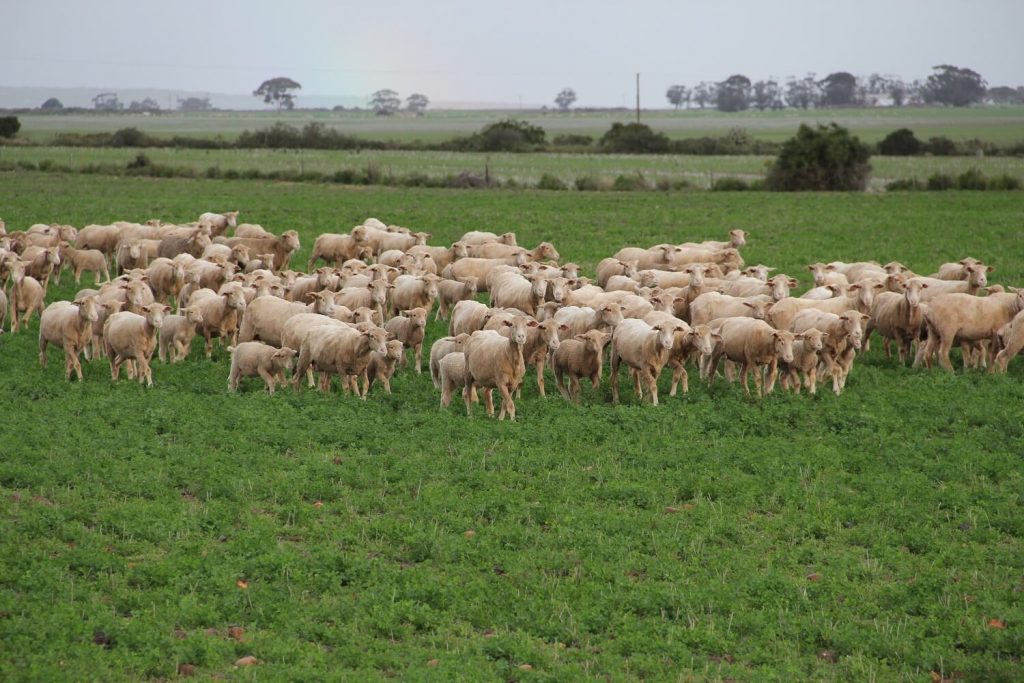
Consider your shearing schedule
Your shearing programme can also affect conception as it also has a flush effect, says André. In his area, in an annual system, farmers generally shear six weeks before mating and six weeks before lambing.
“Of course, your production system can complicate shearing. In an eight-month system, farmers typically shear just before lambing, which means ewes will have longer wool by the time they are mated. However, the ideal is to shear before mating as well as before lambing.”
Protein after mating
After mating, there is one serious mistake farmers can make, says André, and that is to lower the protein content of the ration quite drastically within 21 days after mating.
“The 21 days after mating is a risk period during which the ewe can easily cast off the fertilised ovum if her feeding programme is scaled down too quickly or too dramatically. Trials have shown that ewes are sensitive to big changes in the ration’s protein content during this period. The protein percentage in the ration must therefore be reduced gradually.”
Read more about how to unlock your ewes’ production potential
Water quality, warns André, also has a huge impact on successful mating. According to trials, a salt content of more than 2% in the ewes’ drinking water can result in up to 30% neonatal losses. In addition, the same negative effect occurs if ewes are left without water for more than 24 hours.
“Each of these recommendations,” he concludes, “can have a considerable impact on your success as a sheep farmer. So, make sure you pay attention to the small things. For the most part, profitable sheep farming depends on attention to detail.”
For more information, phone André Fourie on 082 497 0619. – Izak Hofmeyr, Veeplaas



